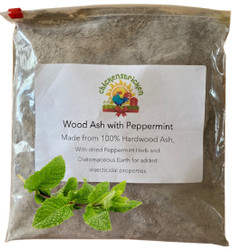What Bugs a Chicken in the Winter: How to protect your Chickens from Lice and Mites during the colder days
Posted by Chickenstricken on Dec 20th 2020
Cold-Hearty Bugs are among the worst
As the hot, dry or humid temperatures of summer are becoming things of the past, so do all the annoying flies, mosquitoes, gnats and other flying pests. As you sigh a breath of relief, so do your chickens, to no longer be bothered by massive amounts of flies and bugs in the coop. Even the fleas and mites disappeared. But wait – did they indeed?
Actually - they did not. As a matter of fact, if you have chickens, autumn and winter can be some of the absolute worst times of year for a mite infestation. As the weather turns colder outside, the bugs on your chickens and in the coop become more active. With your chickens spending more time in the coop to get out of a cold wind, away from snow or ice, or just to huddle up and keep warm, mites especially have an easier time to prey on your chickens.
Wild Birds may be pretty, but they spell trouble for your flock
One of the most common ways to get infested with mites is when your birds come in contact with wild birds.
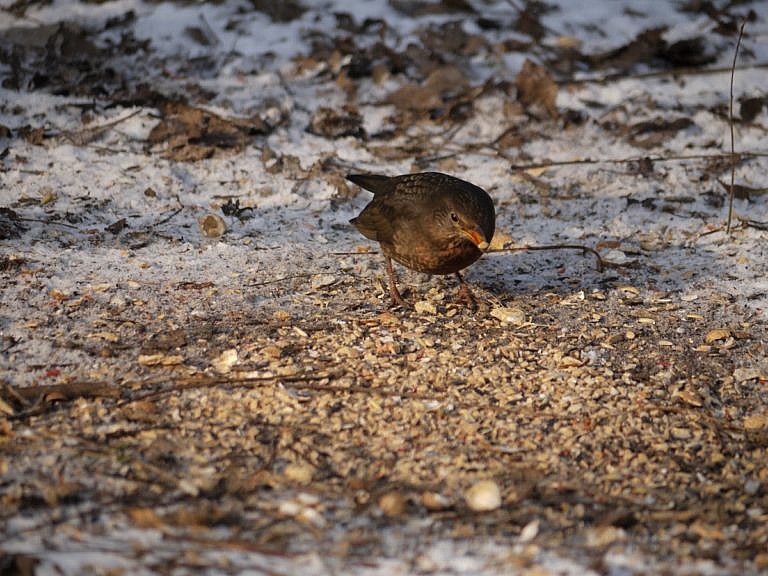
“Oh, but they don’t’” you say. “I never see them mingle with wild birds and the birds are never anywhere near the coop.” Well, if you feed your birds grains that you scatter on the ground, look closer the next time. I am willing to bet that there will be some wild birds mixed in the scuffle on the ground, trying to snatch a grain or two. Even if your chickens are kept in a closed pen, wild birds will find a way in trough the fence and netting, unless your pen is surrounded by hardwire mesh so small even the tiniest warbler cannot squeeze through. When wild birds fly in, they leave lice and mites behind. Period.
Know thy Enemy, no matter how small
Rule of thumb is, the smaller, the harder to get rid of. Mostly due to the fact that as by the time you notice that there is a problem the infestation usually has set in thoroughly. There are two main culprits when it comes to Bugs that infest Chickens in Winter
Poultry Lice
These lice are not the same as human lice, so do not worry, you cannot get infected. Even if they get on you, they will not stay on you. Poultry Lice are small, straw-colored, wingless insects. They feed on scales, feathers and dry skin, which is why you typically find them on both your chickens skin and feathers. They will jump from one chicken to another if the chickens are in close enough contact. So if its especially cold outside and your flock is trying to stay warm by snuggling up – good news for the lice.
Just as the human lice kind, the louse’s eggs are usually attached at the base of the feathers in whiteish, glued on clumps. Typically, the lice will stay on one bird as a host their entire life cycle, from egg to adult. They will die within a week if they are separated from a host. Which makes them relatively easy to get rid of.
Not so with our next devilish little parasite, the dreaded
Mites
Mites can survive for a long, long, long, long time without a host to feed on. All Mites are tiny, they look like dark or red moving specks. Chicken Mites only feed at night, the Red Mite and Northern Fowl Mite feed both day and night. It will take you longer to spot the Chicken Mites due to their stealth mode of operation, so you may have to go out in the dark with a flashlight and check your birds. Northern Fowl Mites, on the other hand, feed both day and night, which is why you will notice right away that something is amiss, when your chickens suddenly start scratching and preening more than usual.
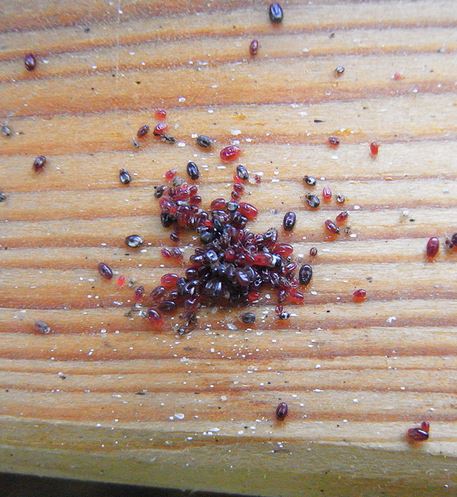
And then there is the Scaly Leg Mite. These mites are too small to see, plus them hiding in the scales of poultry’s legs makes it next to impossible to notice something is wrong. You will only notice once your chicken’s legs take on a roughed up, bumpy look with the scales raised. If you allow an infestation to go on long enough, the legs will become deformed and your chicken will be unable to walk properly. For some reason, at least in my case, the boys seem to have a harder time with scaly leg mites, which is why I always keep an eye on my rooster’s legs, especially when one starts walking hesitant or the legs take on a reddish, inflamed look. That usually happens before scales raise up, which helps in tackling the problem early.
Mites hide out in the coop, or sheds, or boxes, or any other nook and cranny that your flock frequents on a regular basis. This means you will have to treat both your birds and the coop. Did I mention that mites can survive a long, long, loooooong time without feeding? As a matter of fact, they can survive nearly six months. Which means, if your birds enjoyed sleeping out during the summer and are now going back into their coop or protected area, guess what may be waiting for them there? Once you spot a mite infestation you have to be really vigilant about treating it. One time I had mites in my flock but was just too busy to thoroughly treat every single coop at one time, and believe me, it came back on me with a vengeance. I lost two hatches of chicks that summer, as the mites were so bad, I could no longer get it under control with natural treatment methods. While I hate bringing out the chemical guns, that’s what it took. And all because I was a slacker! Never again. I now have my chickens on a regular regimen of dust baths with anti-parasitic add-ons, and I dust the coops with it regularly as well. I am also still experimenting with oregano oil in their food, but since you can really harm your birds with an incorrect dosage, I will not talk about that here until I have it all figured out and can safely share it with you.
Natural Treatment Methods for Mites
There are a few different natural treatments available, like diatomaceous earth. Make sure it is food-grade, so inhaling it will not be harmful to you or your birds. Even if it is food grade, wear a mask when dusting your coop or birds, it is still rather nasty to breathe in.
Another natural treatment, fairly common in Europe but little known or used in the US – steam. If you happen to own a steam cleaner you can quickly kill any mites and eggs present in a coop by blasting everything with hot steam. The mites and eggs are not able to withstand the high temperatures of the hot steam and will die quickly. I guess your coop would have to be near your house or garage, or you would need a pretty long cord – which may be the reason this works well in Europe, where most houses only have a postage stamp sized yard, therefore not needing miles of extension cord. You will still have to treat your chickens, to ensure they do not bring mites back into the coop. Do not use the steam on them, though! It would seriously injure or possibly kill them. A dusting with diatomaceous earth or wood ash would work well. As a quick and effective coop cleaning treatment, the steam method is hard to beat.
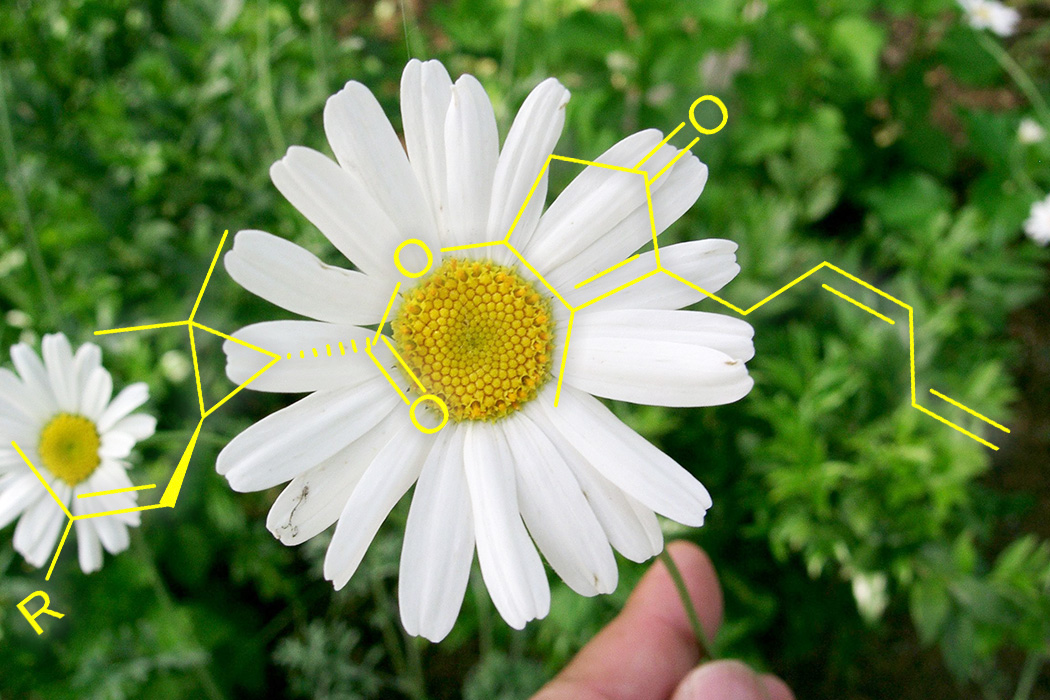
Third in natural treatments is Pyrethrins. Chrysanthemum flowers contain a natural insecticide called Pyrethrins, which are a mixture of six chemicals that are toxic to insects and can be used to control mosquitoes, fleas, flies, moths, ants, and many other pests. In the summer you could also bathe your chickens with a dog shampoo containing Pyrethrins, but since we are talking about bug infestations in winter that is not very likely to happen. In my case, bathing a flock of over 60 heritage breeders would not be something I would want to undertake anyway. Tractor Supply offers a handy Poultry Spray containing Pyrethrins that you can spray your chickens with, or you can mix up from a concentrate to have plenty of spray for the coop as well.
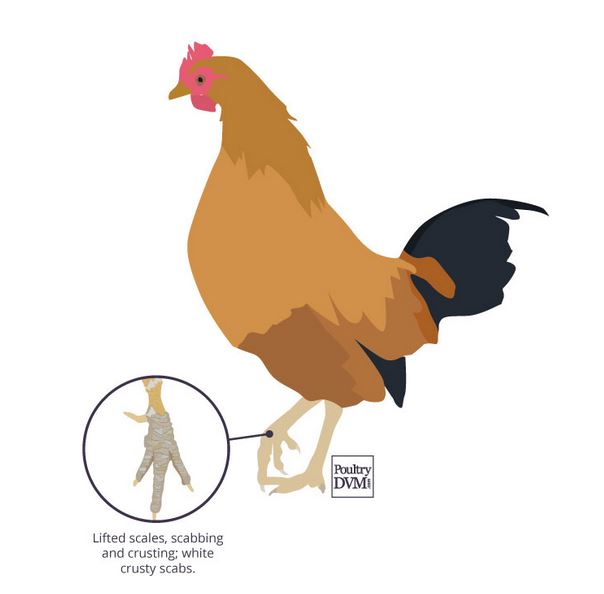
Scaly leg mites can be treated fairly easy by smothering the chicken's legs with an oil-based product such as petroleum jelly or olive oil. Really, any thick, greasy material will work as the ultimate goal is to choke out the mites and suffocate them. This treatment will have to be repeated at least twice over the next two weeks, so that any eggs hatching will not re-infest the legs. If you soak the bird’s legs in warm water, it will help soften the scales and shed the dead scales, making the treatment more effective. For me, smothering the chickens’ legs in petroleum jelly 3x within a 2-week cycle works well. It will take at least 10 ten days to break the mite’s life cycle.
Treating the roosting bars in your coop with an oil may be a good idea or spray your coop as you would for any other mite infestation, making sure not to leave out any little crack. In the winter, this may proof challenging as the coop needs to be dry by the time your chickens come back in – or they may not want to get out of the coop if it is very cold outside. On those occasions I would recommend spreading a thin layer of wood ash in the coop, as the chickens typically do not mind that at all.
I offer two different types of pure Wood Ash mixtures, with added diatomaceous earth and different herbs, to increase
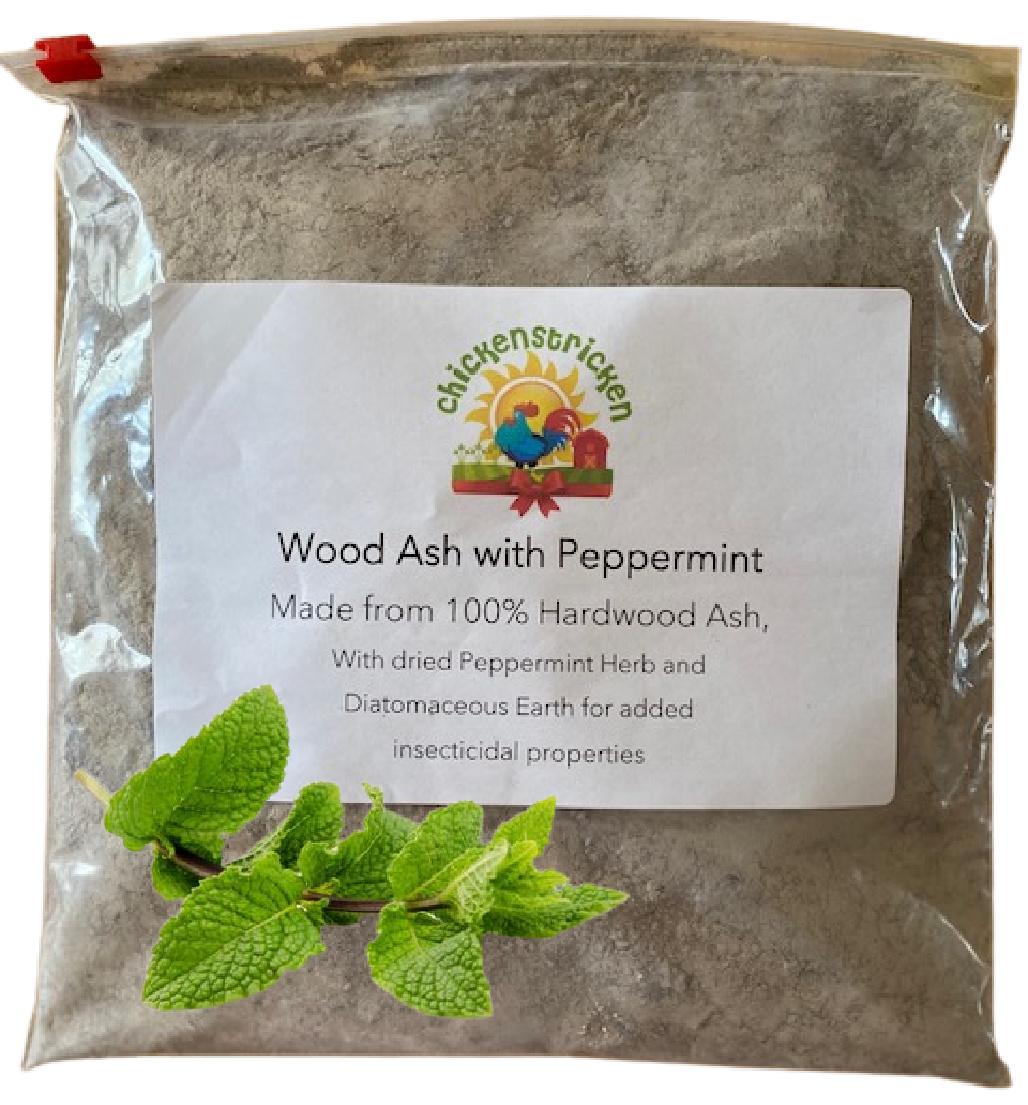
the anti-parasitic effects while calming your chickens naturally. The chickens seem to like pecking at a bit of wood ash on occasion as well, which is a natural detoxifier and rich in calcium, potassium, phosphorus and magnesium. Make sure that you use PURE wood ash though, as any other ashes may contain harmful ingredients that could kill your birds.
With the cooler weather descending on us it is time to take some pre-emptive measures to keep your flock healthy and parasite free, especially if they will be spending more time in their coop. Try setting a tub of anti-parasitic dust bath in a corner and let them take care of protecting themselves naturally, or mix some ashes in the bedding of your coop.
Either way, your chickens will be healthier and happier, having added parasite protection for the winter.

